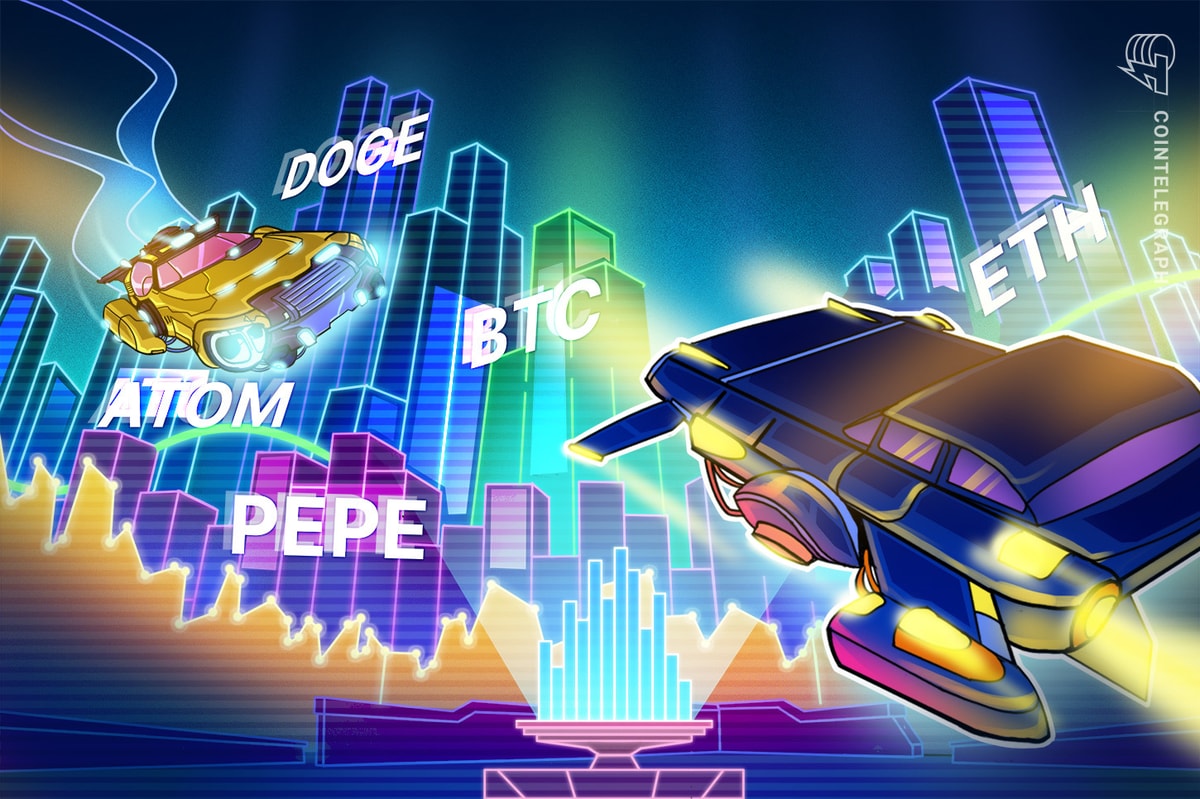It’s all about the Lightning Network in Bitcoin land. This decentralized micropayments system unlocked Bitcoin’s scalability problem and unleashed the possibility of hyperbitcoinization into the world. Not only that, since this Layer 2 solution was created with the Bitcoin ethos in mind, it offers similar security guarantees. It all runs over the Bitcoin blockchain, even though it only touches it for final settlement.
How does it do all that? That’s what we’re here to explore.
Related Reading | Visit El Salvador’s Bitcoin Beach Through VICE’s Mini-Documentary
We’ve said it before and we’ll say it again. Bitcoin is legal tender in El Salvador because and only because of the Lightning Network. The Bitcoin Beach AKA El Zonte experiment is the real-life case study that proved that the protocol works and can sustain a micro-economy that uses satoshis AKA sats as the standard. Since we’re talking about micro-payments, the smallest unit of the Bitcoin ecosystem is now the protagonist. How cool is that?
How Does The Lightning Network Work?
Look, the truth is, you don’t need to know all this to take advantage of The Lightning Network. There are already a few custodial wallets that hide the complexities and offer a simple plug-and-play product. There’s even a new wave of non-custodial wallets that do something similar. However, that’s not on par with the Bitcoin ethos. Even if you’re going to use those products, you should know how The Lightning Network works under the hood.
The simple explanation provided by the video is a huge help. Describing how the system works using only words is a tall order. We know that “a payment channel is a two-person multi-signature adress,” and the Lightning Network Wiki informs us that:
After the transaction is broadcast on chain, the payment channel is open and ready for transfers. When one wishes to update the balance with a new balance, both parties must consent to the new balance and generate a new spend from the transaction. In effect, they have created numerous “double spends” from an on blockchain transaction, but have elected not to broadcast the spend until either party wants to redeem their funds on chain. These multi signature transactions are real Bitcoin transactions.
That last part is very important, as many people seem to think that in The Lightning Network people transact with a kind of IOU. Quoting the video, “All these transfers involve real Bitcoin, not a Lightning coin. The Lightning Network provides a way to send regular Bitcoin using clever scripts and protocols.”
Does A Channel Die After It’s Used?
Since the transaction to set up a channel costs BTC, the idea is to keep those channels open for as long as possible During that period, you can perform an unlimited number of transactions. Both parties can “continue to exchange Bitcoin by signing new transactions and exchanging revocation keys,” and they’ll only be settled on-chain when they decide that the party is over. Quoting the Lightning Network’s whitepaper:
Micropayment channels create a relationship between two parties to perpetually update balances, deferring what is broadcast to the blockchain in a single transaction netting out the total balance between those two parties. This permits the financial relationships between two parties to be trustlessly deferred to a later date, without risk of counterparty default.
The “clever scripts and protocols” we mentioned protect each party from the other, and provide a path to send BTC to any other person connected to the network. Even though the video already explained that process, we’ll explore the idea in a future article.

BTC price chart on Bitbay | Source: BTC/USD on TradingView.com
Key Takeaways From “How Bitcoin’s Lightning Network Works Under the Hood”
The Lighting Network provides:
- A speed increase in transactions. They’re almost instantaneous.
- A reduction in cost. Transactions are almost free.
- An improvement in privacy. Only the final settlement is broadcasted on-chain. There can be infinite transactions between both parties before that, and those are not reflected in Bitcoin’s permanent record.
Identified challenges:
- “The larger the transaction, the harder it’s to send via the Lightning Network. This is because every channel must have enough capacity to route the payment.”
- Unlike the blockchain, transaction cost scales with sizes. “For larger amounts it may be cheaper to stick with the regular Bitcoin transaction.”
- Lightning requires to be online all the time. “Payments require several interactions so both the sender and receiver must be online to complete the transaction.” Plus, it requires constant monitoring of the blockchain for revoked transactions.
- Backups are complicated. “On Lightning, at a minimum, you must make a backup every time you open a channel, and even then there’s some risk of loss if your channel partner is uncooperative.”
Related Reading | 4 Reasons Why The Bitcoin Lightning Network Will Continue To Grow
However, the Lightning Network is a work in progress. And, “As more people join the network and it becomes more interconnected it will be easier to make payments.”
As we experiment and become accustomed to using it, It will also be easier to explain how it works.
Featured Image by Michael D on Unsplash - Charts by TradingView










